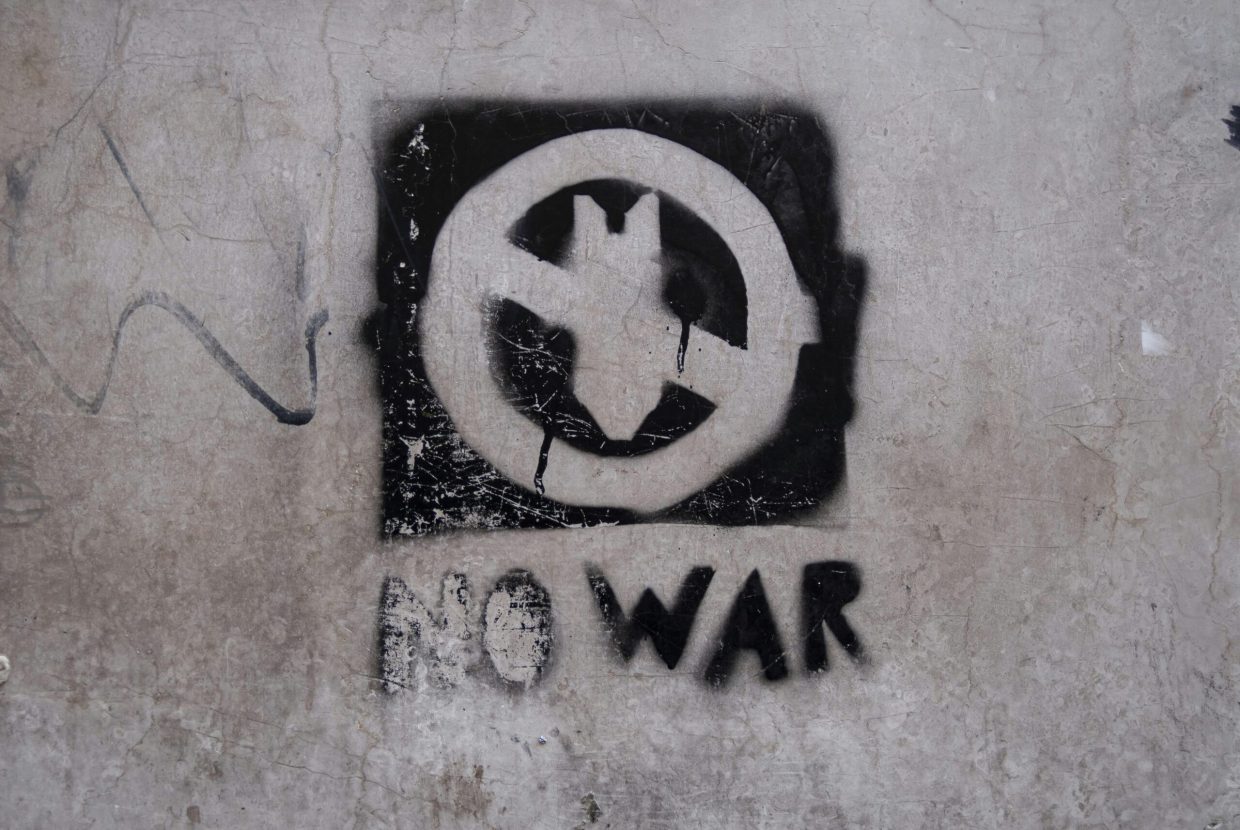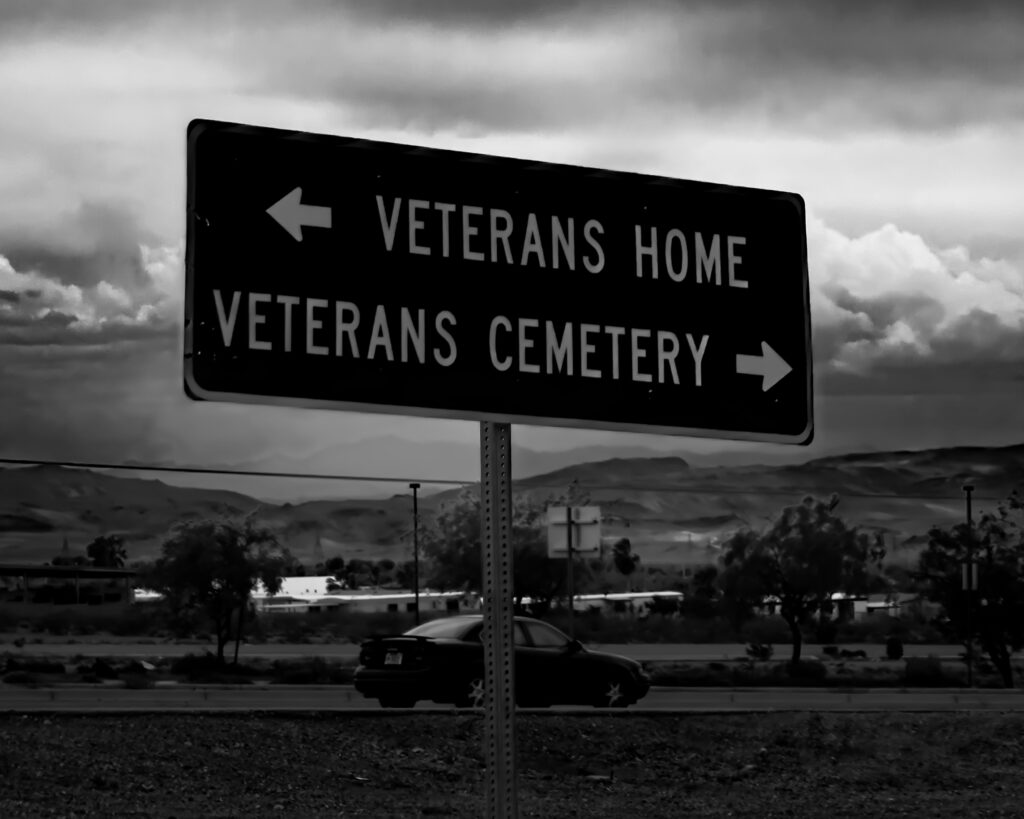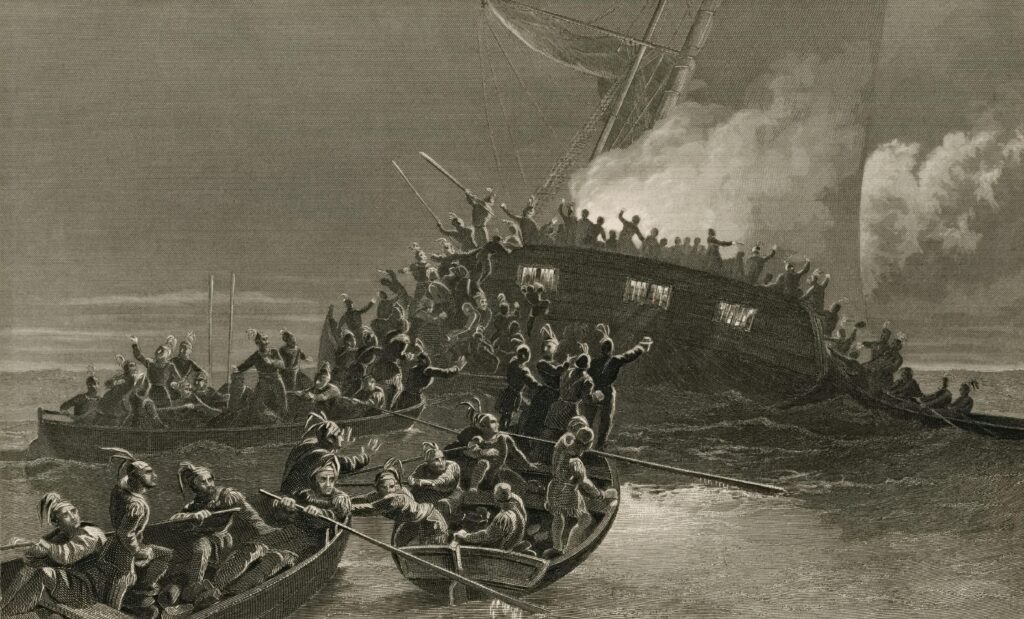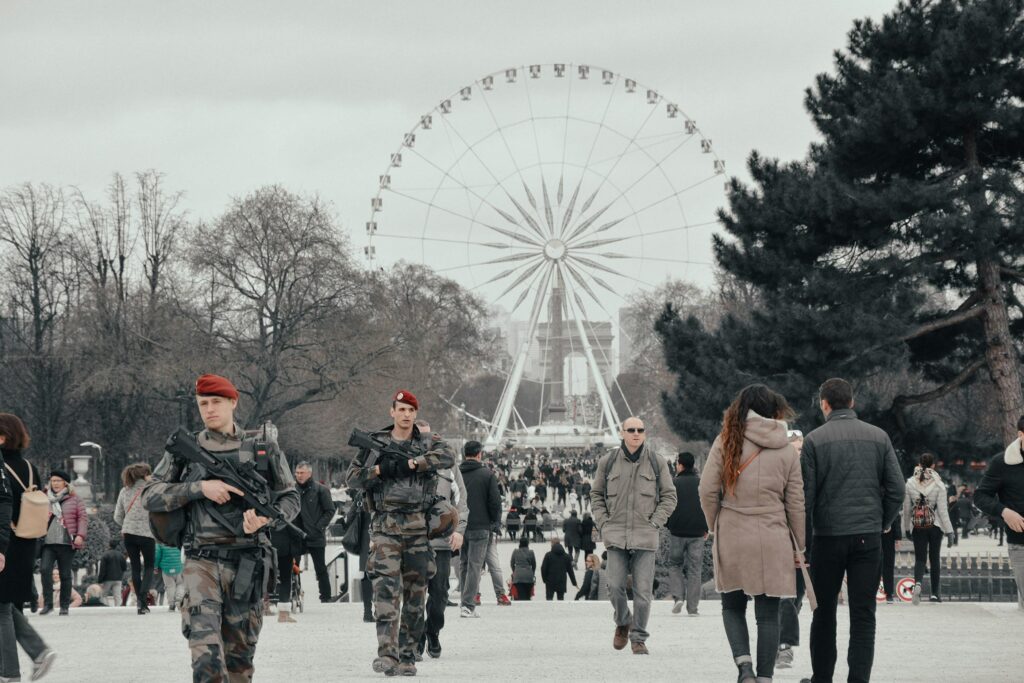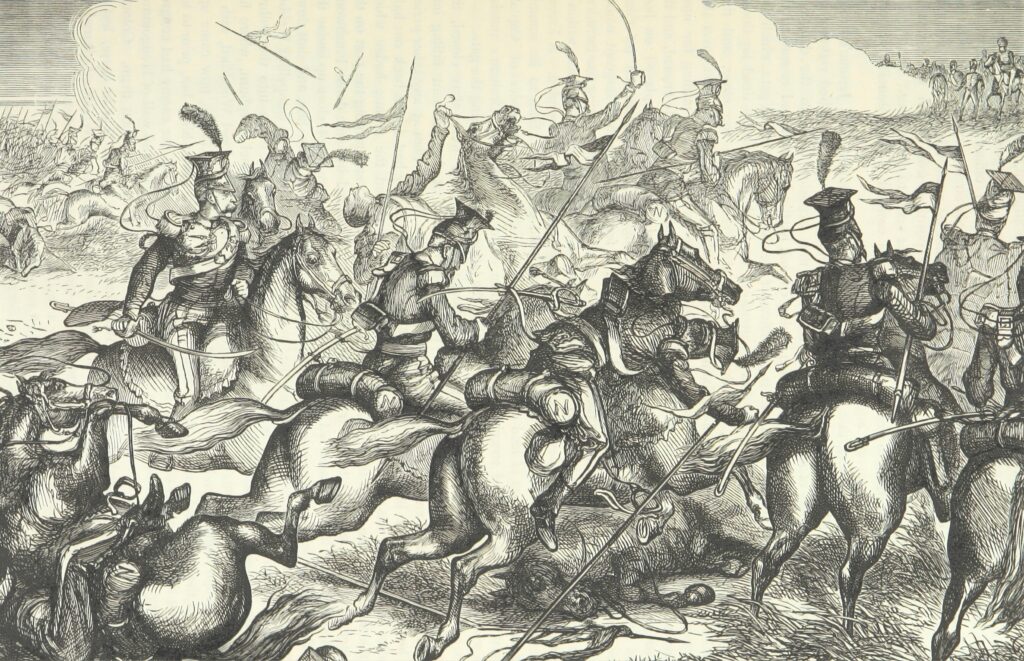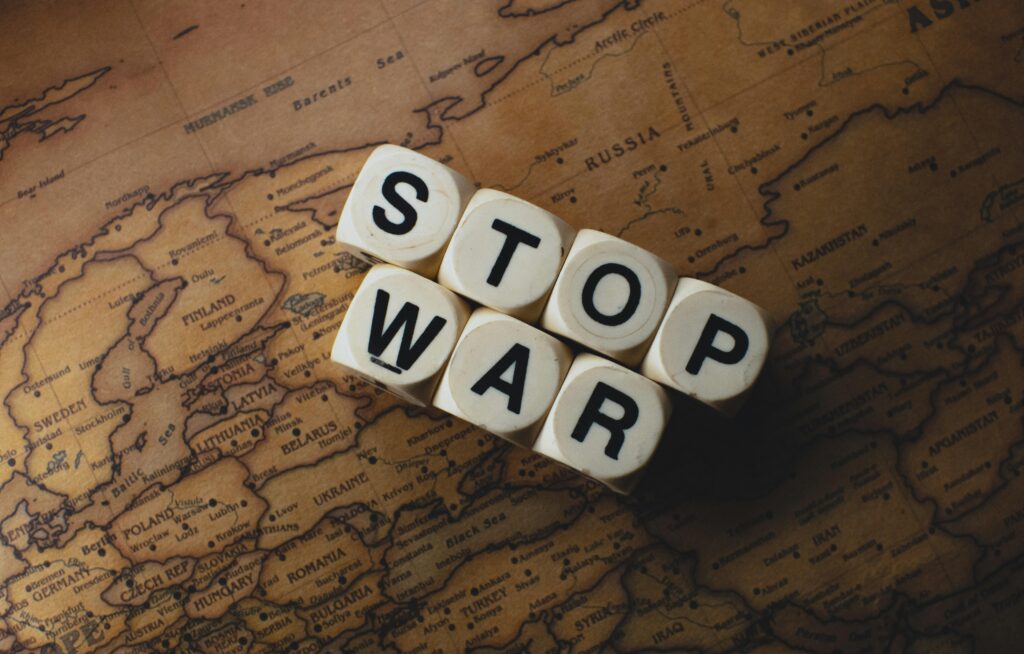World War I, often dubbed the “Great War,” remains one of the most transformative and tragic chapters in modern history. Its origins are as complex as the conflict itself, woven from a tapestry of political alliances, national ambitions, and unforeseen events. In this article, we embark on a journey to unravel the intricate causes that ignited this monumental war and explore the profound and lasting effects it left on the world stage. Join us as we delve into the past with a friendly yet thoughtful lens, aiming to shed light on how the echoes of World War I continue to shape our present and future.
Table of Contents
- The Complex Web of Alliances and Rising Tensions
- Economic Rivalries and the Arms Race Unearthed
- The Human Cost and Cultural Shifts After the Great War
- Lessons Learned and Paths Toward Lasting Peace
- Final Thoughts
The Complex Web of Alliances and Rising Tensions
In the early 20th century, Europe was a patchwork of intricate alliances that created a fragile balance of power. The continent was largely divided into two major blocs: the Triple Entente, consisting of France, Russia, and the United Kingdom, and the Triple Alliance, made up of Germany, Austria-Hungary, and Italy. These formal agreements were intended as deterrents against aggression but paradoxically set the stage for a larger conflict. When tensions flared in one region, they did not remain local but pulled allied nations into a rapidly escalating crisis. This interconnectedness meant that a single event could—and did—ignite a continental war.
Several key factors contributed to these rising tensions, including militarism, nationalism, and competition for colonial dominance. European powers embarked on an unprecedented arms race, striving to outdo one another in naval and military strength. National pride and the desire to protect or expand empires added fuel to the fire. Among the notable forces at play were:
- Military alliances that obligated countries to defend each other, turning disputes into larger confrontations.
- Nationalism which intensified ethnic and political rivalries, especially in the Balkans.
- Imperial ambitions which created conflict over territorial claims in Africa and Asia.
Economic Rivalries and the Arms Race Unearthed
At the heart of early 20th-century tensions was a fierce competition for global dominance, driven by burgeoning industrial powers eager to expand their influence. Nations like Britain and Germany engaged in a struggle for economic supremacy, vying for markets, resources, and colonial territories. This hostile economic climate exacerbated mistrust, intensifying rivalries as each sought to outpace the other through rapid industrial growth and aggressive trade policies. The scramble for raw materials and new consumers was not merely an economic endeavor but a strategic one, deeply intertwined with national pride and the desire for geopolitical leverage.
Simultaneously, this rivalry sparked a monumental arms buildup across Europe, where military strength was seen as the ultimate safeguard against threats. Seas became battlegrounds for dreadnought battleships, armies expanded in size and sophistication, and innovations in artillery and weaponry emerged at an unprecedented pace. The years leading to the war witnessed a tense atmosphere where alliances were fortified, and war planning became a priority for many governments. Notably:
- Naval expansion intensified, especially between Britain and Germany.
- Mass conscription and modernization of armies became widespread.
- Technological advancements in weapons rapidly altered the nature of warfare.
This relentless preparation created a powder keg situation where even a small spark could ignite a large-scale conflict.
The Human Cost and Cultural Shifts After the Great War
The aftermath of the Great War left a profound human toll that reshaped societies across the globe. Millions of lives were lost, and countless more were wounded or permanently scarred by the brutal realities of trench warfare and mechanized combat. Families grappled with the absence of loved ones, while survivors bore the psychological weight of trauma, a phenomenon then known as “shell shock.” This collective suffering spurred communities to question traditional values and the very notion of progress that had driven nations into conflict. Amid the ruins, a newfound sensitivity to the fragility of human life emerged, marking a shift in societal attitudes that would influence future generations.
Alongside the physical and emotional devastation, the war ignited significant cultural transformations. The rigid structures of pre-war society began to loosen as women entered the workforce in unprecedented numbers, igniting movements for gender equality and altering social dynamics. Artistic expression mirrored this upheaval, with movements like Dadaism and Surrealism arising as reactions against the horrors and absurdity of war. Key cultural shifts included:
- Redefinition of heroism: Valor became more nuanced, recognizing psychological courage instead of glorified battlefield exploits.
- Questioning authority: Widespread disillusionment with political and military leaders fueled skepticism and calls for reform.
- Expanded roles for women: The war accelerated the breaking down of gender barriers in both work and social life.
- Emergence of pacifist movements: A collective yearning for peace inspired organizations dedicated to preventing future conflicts.
Lessons Learned and Paths Toward Lasting Peace
The devastation of World War I revealed the catastrophic consequences of unchecked nationalism, complex alliances, and arms races. History teaches us that peace requires more than the absence of conflict; it demands vigilant diplomacy and a shared commitment to mutual respect among nations. The war underscored the importance of transparent communication and the perils of secrecy that once fueled hidden agreements and fostered mistrust. By reflecting on these painful lessons, modern societies can better appreciate the value of open dialogue and the early resolution of disputes, rather than allowing grievances to fester and escalate.
Building genuine and lasting peace involves several critical elements:
- International Cooperation: Institutions like the League of Nations emerged post-war, signaling the need for collective security and conflict prevention.
- Disarmament Efforts: Reducing weapons stockpiles lessens the means for large-scale violence and builds trust among former adversaries.
- Economic Interdependence: Encouraging trade and shared prosperity creates incentives to maintain peaceful relations.
- Cultural Exchange and Understanding: Promoting education and empathy helps break down stereotypes and hostile perceptions.
Ultimately, the harsh realities of the Great War remind us that peace is neither passive nor automatic; it demands constant nurture through justice, cooperation, and remembrance.
Final Thoughts
As we close the chapter on our exploration of World War I, it becomes clear that this monumental conflict was shaped by a complex web of causes—nationalism, alliances, imperial ambitions, and more—that forever altered the course of history. Its aftermath echoed across nations, redrawing borders, redefining societies, and sowing the seeds for future upheavals. Understanding these intricate dynamics not only honors the memory of those who lived through those turbulent times but also helps us appreciate the delicate balance of peace in our own day. Let us carry forward these lessons from the past with thoughtful reflection and hope for a more harmonious future.


